Gardeners have to put a lot of effort into growing a healthy garden that pleases with a rich harvest. In an effort to protect fruit trees and berry gardens from pests and diseases, many gardeners use only pesticides.
But in addition to chemical measures to protect fruit and berry plantings, preventive measures are needed in the garden, as well as the use of mechanical and biological methods of plant protection.
| Content:
|
Agrotechnical methods of protecting the garden
1. Timely collection and destruction of plant debris and fallen leaves
Fallen leaves that have not been treated with 7 percent urea should not be left under trees.
It is raked and burned in autumn or early spring. Together with it, the goose, pear bug, and scab pathogens, coccomycosis, white spotting and other diseases.
2. Digging the soil in tree trunk circles after leaf fall and loosening in the spring, after the snow has melted
This will destroy the cherry sawfly, goose, cherry weevil, bukarka, apple and pear moth, overwintering under fallen leaves and in the top layer of soil (at a depth of 15 cm).
Experts advise when digging up tree trunks Correctly direct the blade of the shovel - radially (sideways) towards the trunk, so as not to cut the roots of the tree.
3. The soil should be free of weeds
Weeds are harmful not only as competitors of cultivated plants for food and moisture, but also as intermediate hosts and food supply for some pests and pathogens.
Bindweed and acorn grass, for example, are food plants for spider mites, and sedge for causative agents of goblet rust. Destroying weeds, gardeners at the same time doom some pests to death.
You can reduce the number of winged forms of pear aphids by weeding out bedstraw (velcro), its intermediate herbaceous plant, in the garden.
4. Monitor the condition of the bark on trees
The bark is the skin of a fruit tree. The surface layers of bark on the trunks and main skeletal branches crack over time, die and become unnecessary for the development of the tree.
Lichens and mosses settle on the dead layers of bark, creating conditions for the proliferation of pests of fruit trees. Therefore, trunks and the lower parts of large branches should be clear away dead bark, mosses and lichens.
It is better to do this on a rainy or foggy day: wet bark comes off easier. Before cleaning, film or other material is spread under the tree to collect the peeled bark and burn it.
|
Tools for cleaning dead bark are steel scrapers and brushes. The scraper is sharpened sharply. You need to work with it carefully so as not to injure the living tissues of the tree. After scraping, the bark is cleaned with steel brushes and it becomes smooth. |
If there is no dead bark, but you need to remove lichens and mosses, then clean them with brushes, without scrapers, or with a wooden scraper. Then spray with iron sulfate (300 g per 10 liters of water).
The peelings are collected and burned to kill pests. It is better to clean the bark in the fall or, in extreme cases, in the spring. You can get rid of dead bark on sunny, non-frosty days in winter, as well as during the February thaw.
After cleaning, you need to whiten the trees with lime milk (2 kg of lime per 10 liters of water). This will prevent sunburn on the bark and reduce damage to trees by black cancer.
5. Healthy planting material
Do not buy seedlings with excessive thickening at the grafting site or rootstock. This means that the scion and rootstock are incompatible and the seedling will break off at the grafting site after 2-3 years.
Do not purchase seedlings with thickening or nodules on the roots. This is root canker - a bacterial disease that affects apple, pear, cherry, raspberry, and grapes. Cancer growths on the lateral roots and on the root collar in the form of galls are at first small, soft, smooth, 2 cm in size, then they harden, and by autumn the bumpy surface of these growths is destroyed. But the pathogen bacteria remain in the soil for at least two years and infect other plants.
|
Root cancer is a bacterial disease |
Pay special attention to the bark. It can be affected by cytosporosis (bumps on the bark), bark cancer (small reddish-brown spots). If you lightly scratch the bark with your fingernail and part of the bark turns brown, it means it has died and the seedling is sick. It must be burned, otherwise the fungal spores will infect those trees that have damage to the bark on the trunks and branches.
Seedlings with moniliosis, spotting, and bacteriosis are also sold.
More details about how to choose and buy seedlings read here ⇒
6. Proper placement of plants in the garden plot
They need to provide good lighting and air drainage. In dense gardens, the infection spreads faster.
Try not to place crops that have the same pests or diseases nearby.
Mechanical method of protection
The point of the mechanical method of plant protection is to catch or destroy specific pests in places where they accumulate.
This is equally an agrotechnical method of eliminating pests and diseases.
- collecting and burning fallen leaves;
- digging up the soil;
- cleaning the trunk from old bark;
- whitewashing trunks and bases of large branches damaged by pests and diseases;
- cleaning and disinfection of wounds;
- sealing hollows.
Tying trunks for the winter
Mechanical methods of protection common to all fruit and berry crops include protecting the garden from rodents and sunburn. For the winter, the trunks and bases of the branches are tied with stems of reeds, sunflowers, pieces of roofing felt or roofing felt.
|
Make sure that there is no gap between the harness and the soil through which rodents can easily penetrate. |
If there is no binding material (lutrasil, spunbond), you can coat the trunks with a repellent mixture, for example, mix 300 g of clay and mullein in 10 liters of water and coat the trunks.
In winter, on a fine day, remove hawthorn and goldentail nests from tall trees, and scrape off silkworm oviposition using a lopper and a long pole. Cut off branches affected by powdery mildew, black cancer, and cytosporosis. Burn them.
The gypsy moth lives and lays eggs on fences, large stones, stumps, and the codling moth can be found on supports (chatals) and boxes left on the site.
Spring measures to protect the garden
As soon as the snow melts, collect and destroy old strawberry leaves, on which a considerable supply of harmful organisms has accumulated.
|
All viral strawberry diseases can spread with planting material collected from diseased plants. And from plant to plant, viruses are carried by aphids, leafhoppers and nematodes. |
Dig up all plants affected by viral diseases: witch's broom, dwarfism, wrinkling (strawberry), green mottle (blackcurrant), leaf curl (strawberry), xanthosis (jaundice, strawberry mosaic).
A viral infection always appears in the form of streaks, spots, rings (usually yellow) on young leaves and causes deformation of leaves, shoots, flowers, ovaries, and growth of shoots.
In the spring, inspect the berry bushes. If you don’t have time in the fall, cut out all the old, diseased, drying, broken and thickened branches. Pay special attention to swollen currant buds that are sick with terry or infested with kidney mite.
If there are few of them, pluck them out with your fingernail; if there are many, dig up the entire bush and burn it. Bud mites are carriers of the black currant blight virus, which infects flowers and makes them sterile.
|
Collect currants and gooseberries damaged by the moth. Such berries become colored early, then rot and dry out. |
Early spring Hill up blackcurrant bushes and gooseberries with a layer of soil of about 12 cm, or cover the soil under the bushes with a dark film, roofing felt, so that the butterfly of this pest does not fly out and lay eggs inside the inflorescences, on the leaves and ovaries. The caterpillars that emerge from them will damage the berries.
Moth butterflies, adult sawflies and gall midges, emerging from the soil, fall under a cap, as it were, and there they die. Remove pieces of used covering material immediately after the end of the summer of pests (after flowering).
Don't forget to install catch belts
Mechanical methods of control include installing adhesive trapping belts to catch apple blossom beetles and other weevils in early spring when they are just crawling onto the tree.
|
Adhesive trapping belts are applied at the beginning of autumn to catch females of the winter moth and skinned moth, which overwinter in the soil and in the spring climb up the trunk into the crown to lay eggs. |
They are installed at the bottom of the bole.Beetles that get into a strip of glue remain there, and those that have climbed under the belt can be removed and destroyed during inspection. After flowering, the belts are removed, and after 2-3 weeks, fishing belts are installed without glue.
Biological method of protection
In addition to agrotechnical and mechanical methods, there are also biological methods of plant protection. This is the use of predatory insects and parasitic insects - i.e. beneficial insects.
Many people know the lacewing well from its winter generation; individuals settle in houses and fuss around light bulbs in the evenings - they love light. These are small insects with transparent wings - 28-30 mm in span.
|
Lacewing larvae can destroy up to two hundred aphids, 5 thousand per season. If there are no aphids, it feeds on scale insects, eggs, and young caterpillars of leaf rollers. The female lays up to 100 eggs near aphid colonies. |
Hover flies are useful in the garden. This is a small (12 mm wingspan) black and yellow fly that collects nectar and pollinates flowers.
|
The larva of the hoverfly, getting into aphid colonies, destroys up to 100 thousand individuals. |
Ladybug is also useful. During the season, the larvae and beetles of ladybirds eat a huge number of aphids, mites, scale insects, and do not miss small larvae and caterpillars. They also eat pest eggs.
Ground beetles are recognized by three longitudinal rows of golden-shiny dimples on the elytra. These polyphagous beetles destroy slugs, snails, leaf rollers, moths, cutworms, and silkworms at night, usually in early June.
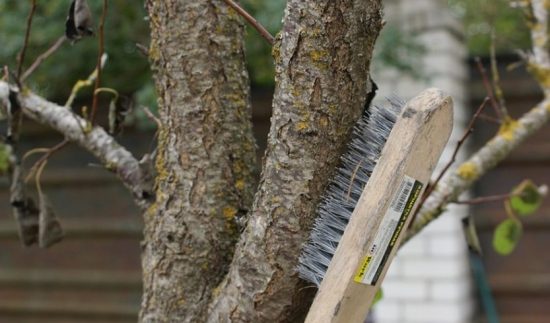
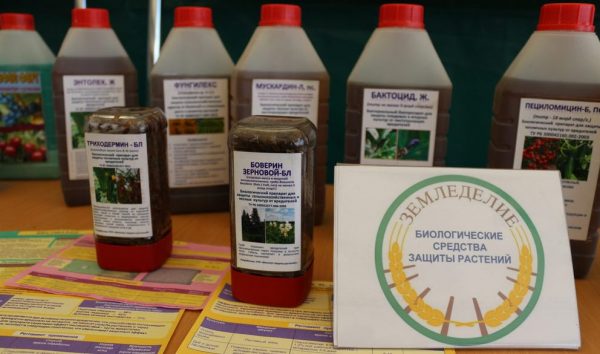
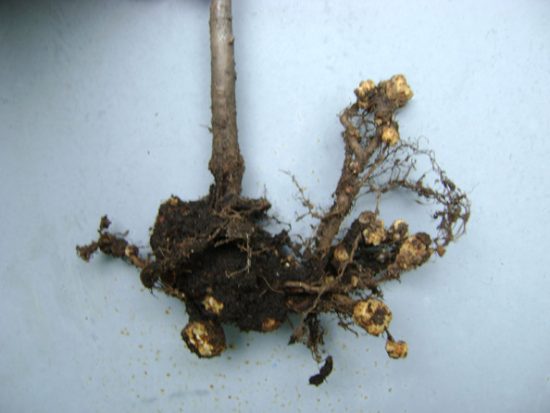
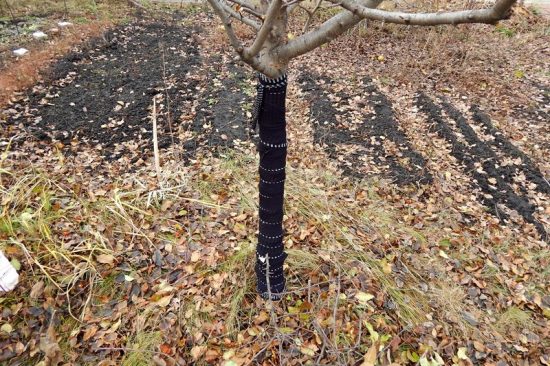
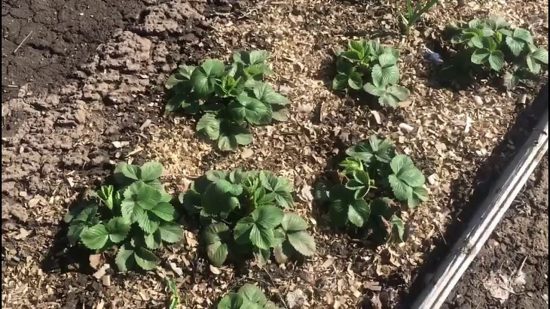
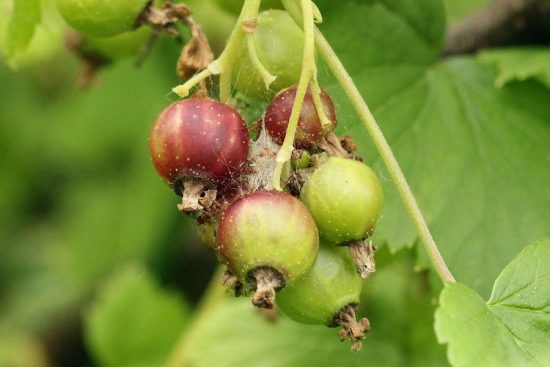
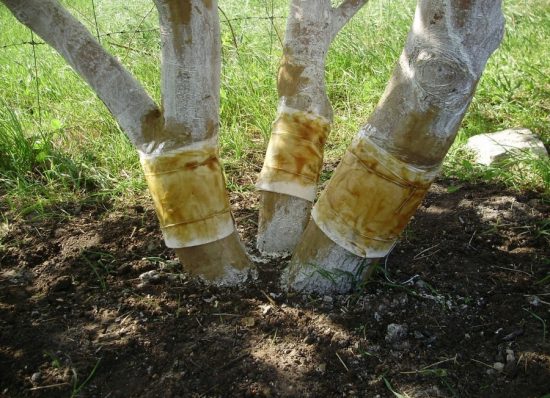
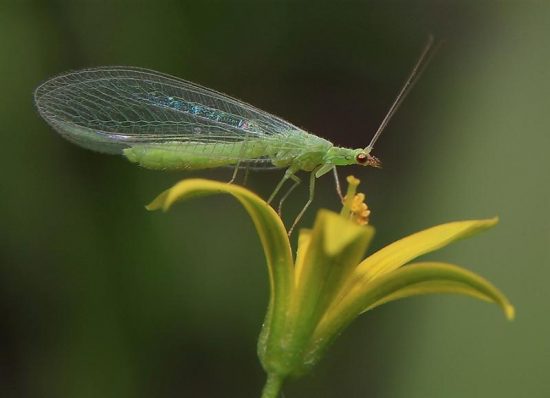
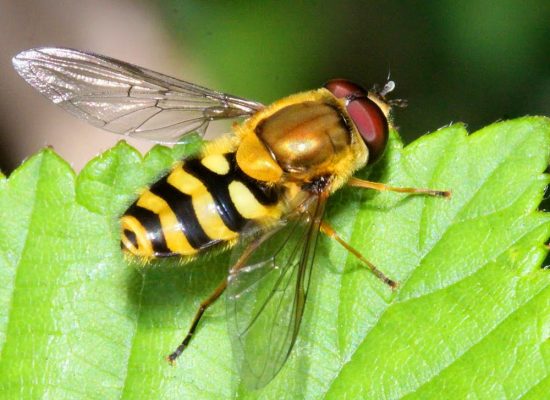

 (7 ratings, average: 4,43 out of 5)
(7 ratings, average: 4,43 out of 5) CUCUMBERS NEVER GET SICK, I'VE BEEN USING ONLY THIS FOR 40 YEARS! I SHARE A SECRET WITH YOU, CUCUMBERS ARE LIKE THE PICTURE!
CUCUMBERS NEVER GET SICK, I'VE BEEN USING ONLY THIS FOR 40 YEARS! I SHARE A SECRET WITH YOU, CUCUMBERS ARE LIKE THE PICTURE! You can dig a bucket of potatoes from each bush. Do you think these are fairy tales? Watch the video
You can dig a bucket of potatoes from each bush. Do you think these are fairy tales? Watch the video
 How our fellow gardeners work in Korea. There is a lot to learn and just fun to watch.
How our fellow gardeners work in Korea. There is a lot to learn and just fun to watch. Eye trainer. The author claims that with daily viewing, vision is restored. They don't charge money for views.
Eye trainer. The author claims that with daily viewing, vision is restored. They don't charge money for views. A 3-ingredient cake recipe in 30 minutes is better than Napoleon. Simple and very tasty.
A 3-ingredient cake recipe in 30 minutes is better than Napoleon. Simple and very tasty. Therapeutic exercises for cervical osteochondrosis. A complete set of exercises.
Therapeutic exercises for cervical osteochondrosis. A complete set of exercises. Which indoor plants match your zodiac sign?
Which indoor plants match your zodiac sign? What about them? Excursion to German dachas.
What about them? Excursion to German dachas.